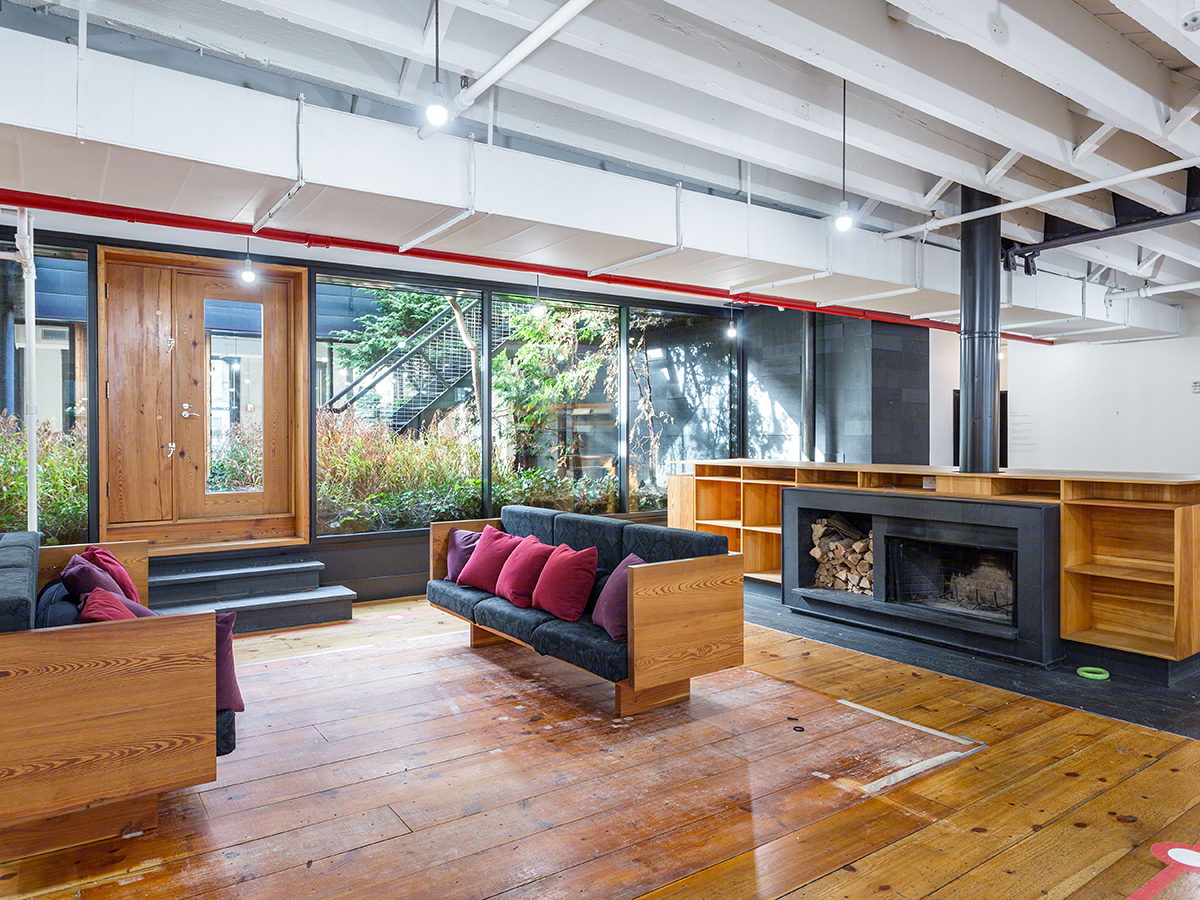“CMBS Is Back!”
This headline is being broadcast throughout the real estate industry and is stirring up optimism that more liquidity is returning to the marketplace. The new loans are more conservative and have some nuances reflecting the decrease in risk tolerance of both the originators and the purchasers of the paper. The originator doesn’t want to be…
This headline is being broadcast throughout the real estate industry and is stirring up optimism that more liquidity is returning to the marketplace.
The new loans are more conservative and have some nuances reflecting the decrease in risk tolerance of both the originators and the purchasers of the paper. The originator doesn’t want to be stuck with the paper and the purchaser wants to make sure the value or rating of the paper stays intact.
To identify the major differences in the new CMBS loans verses those offered during the credit boom, I’ve summarized a brief comparison below:
Present/Former
Amortization: Required/Interest Only Common
Loan to Value: 65-70%/80%
DCR: 1.30X/1.20X
Debt Yield: 12%/None
Rate: 6.25%/5%-6%
Lock Box: Required/Negotiable
Warm Body: Required/Negotiable
Pool Size:$500MM/$2BB+
Debt Yield – The term debt yield means dividing net cash flow (the cash flow after reserves for tenant improvements, leasing commissions and reserves) by 12% and you arrive at your maximum loan amount.
Lock Box – if the debt coverage ratio drops below 1.10X then the lender collects your rents directly.
Reviewing the contrasts between the terms offered during the former and present periods it’s logical to see the peak versus trough correlation. Logic indicates as securitizations increase and competition arises for the new CMBS paper that gradually the present platform will evolve to look closer to the former. The question that remains is when?
As more players have entered the market, we have seen firms start hiring again as well as a break in pricing. From early 2010 to today we’ve seen CMBS rates drop from 7% to 6.25%. That’s good news for the capital markets and reflects a trend that demand exists for the paper.
If you’re contemplating a CMBS loan, go in with realistic expectations including the “present” terms outlined above, expecting the lender to mark your rents market as well as applying a market vacancy to your project. Additionally, like portfolio lenders, CMBS lenders will be less aggressive in markets that have a greater percentage of defaulting CMBS loans.
James DuMars
Managing Director
NorthMarq Capital Phoenix Office
2929 East Camelback Road, Suite 226
Phoenix, AZ 85016
(602) 508-2206 Direct
(602) 714-4202 Cell
(602) 954-6168 Fax
[email protected]
www.northmarq.com








You must be logged in to post a comment.